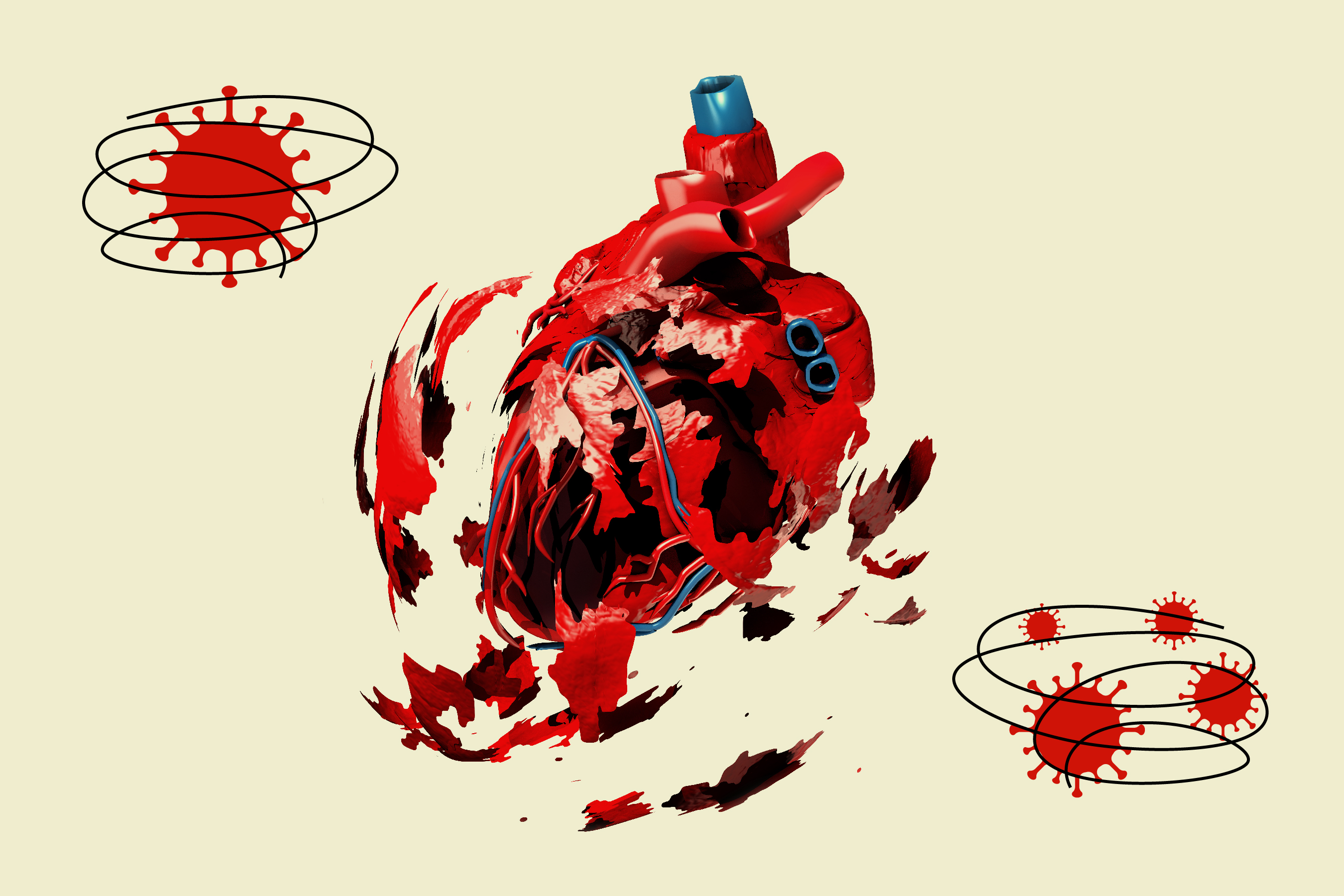Adamfoxie Gets Tested for COVID-19 and New Study Shows How This Virus Infects The Heart

**Adamfoxie just had the COVID-19 blood test by the Doctor. This was the first appointment that the doctor was able to keep since NY was closed. But, He and his husband both came down with COVID. They spent it at home even though they were sick. It was great to see him again. I will let you know how the test comes out.**************
A recent stem cell study has shown that SARS-CoV-2, the novel coronavirus, can infect heart cells via the same receptor present in the lungs. This may be responsible for the cardiac complications associated with COVID-19.
New evidence shows how SARS-CoV-2 may affect the heart.
Experts initially thought that COVID-19 was a respiratory disease, with symptoms including cough, shortness of breath, and pneumonia. However, more recent evidence into COVID-19 shows that the disease can also cause neurological and cardiac symptoms.
Physicians have reported changes to the circulatory system in people with COVID-19, sometimes leading to blood clots, as well as cardiac complications, such as changes to the heart rhythm, damage to heart tissue, and heart attacks.
Although there is widespread agreement that COVID-19 is a risk to the heart, whether these symptoms are due to the virus directly or a consequence of other disease processes, such as inflammation, has been unclear.
Stay informed with live updates on the current COVID-19 outbreak and visit our coronavirus hub for more advice on prevention and treatment.
In a new study appearing in the journal Cell Reports Medicine, scientists have helped resolve this mystery by showing that SARS-CoV-2 can infect heart cells and change their function.
Their findings, from experiments in human stem cells, suggest that the cardiac symptoms of COVID-19 may be the direct result of the infection of heart tissue.
In a new study appearing in the journal Cell Reports Medicine, scientists have helped resolve this mystery by showing that SARS-CoV-2 can infect heart cells and change their function.
Comments